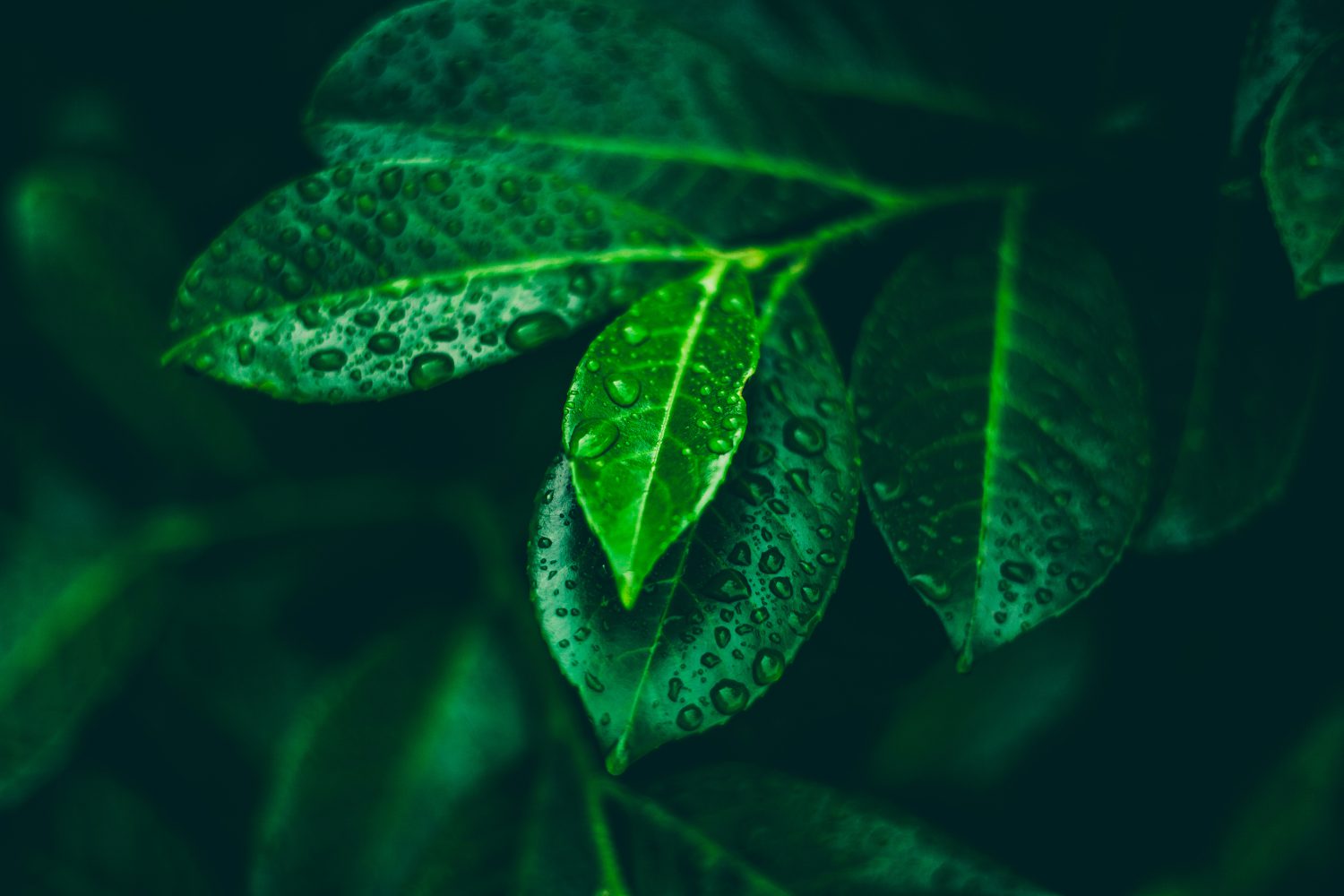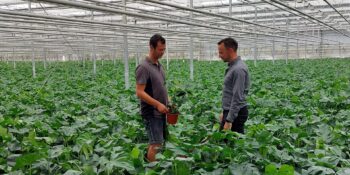This year marks the 30th anniversary of the ‘Rio Earth Summit’. This is where government leaders from all over the world signed the first Climate Treaty, which laid the foundation for the Paris Climate Agreement, but also the Biodiversity Treaty. As a topic on the global agenda and also in business, the climate has received more attention than biodiversity. One of the possible reasons is that it is easier to calculate when it comes to climate (degrees Celsius, tons of CO2 equivalent) and that it has no real limits. An extra ton of CO2 in the air does not stay where it was produced. But the climate is also abstract.
Biodiversity, on the other hand, is about ecosystems, species and genetics. Sensory things. Things that inspire. Which in prehistoric times led to rock paintings, which fairy tales are based on, and which our food is made of. They are grown and collected to make people happy. The interaction between organisms, living communities and their environment is the domain of ecology.

Two luminaries of ecology and biodiversity, Thomas Lovejoy (80) and Edward Wilson (92) passed away during Christmas. I once spoke to Mr Lovejoy briefly in New York. He told me that he had “invented” or at least popularised the term biological diversity. It sounded unreal, but turned out to be true! Edward O. Wilson had been etched in my memory for years as the author of the book “The Diversity of Life“. Highly recommended for any non-biologist to understand biology and especially ecology. It opened my eyes.
When I delved into the barriers to making agriculture more sustainable a few years ago, I was shocked to discover that ecology is not yet a basic course for many agricultural degrees. It doesn’t surprise me that this was the case in the past, when agriculture was seen as a technical-industrial activity in academia. But the fact that this still occurs in the current era, while agriculture and horticulture have been confronted with all kinds of environmental and ecological challenges for many years and since biological control and restoration of soil life and biodiversity are also positive themes, yes, I fell off my chair.
Fortunately, I see great curiosity in this area among many growers and, of course, a mountain of practical knowledge. But there is still a lot to gain here. Where one grower cannot control the same pests biologically, where the other can. How is this possible? Is it the product, the system, the environment? What are the effects of crop protection agents on the ecology in and around the farm? How do the cuttings supplier’s means and methods influence their own options for growing in a more environmentally friendly way? These are questions to which ecological knowledge and knowledge exchange can provide answers.
I encourage anyone who isn’t into it yet to delve into it more, starting tomorrow. And of course it doesn’t matter whether that is by reading “The Diversity of Life” or by inviting a colleague and looking in the greenhouse together for things you don’t fully understand yet.



